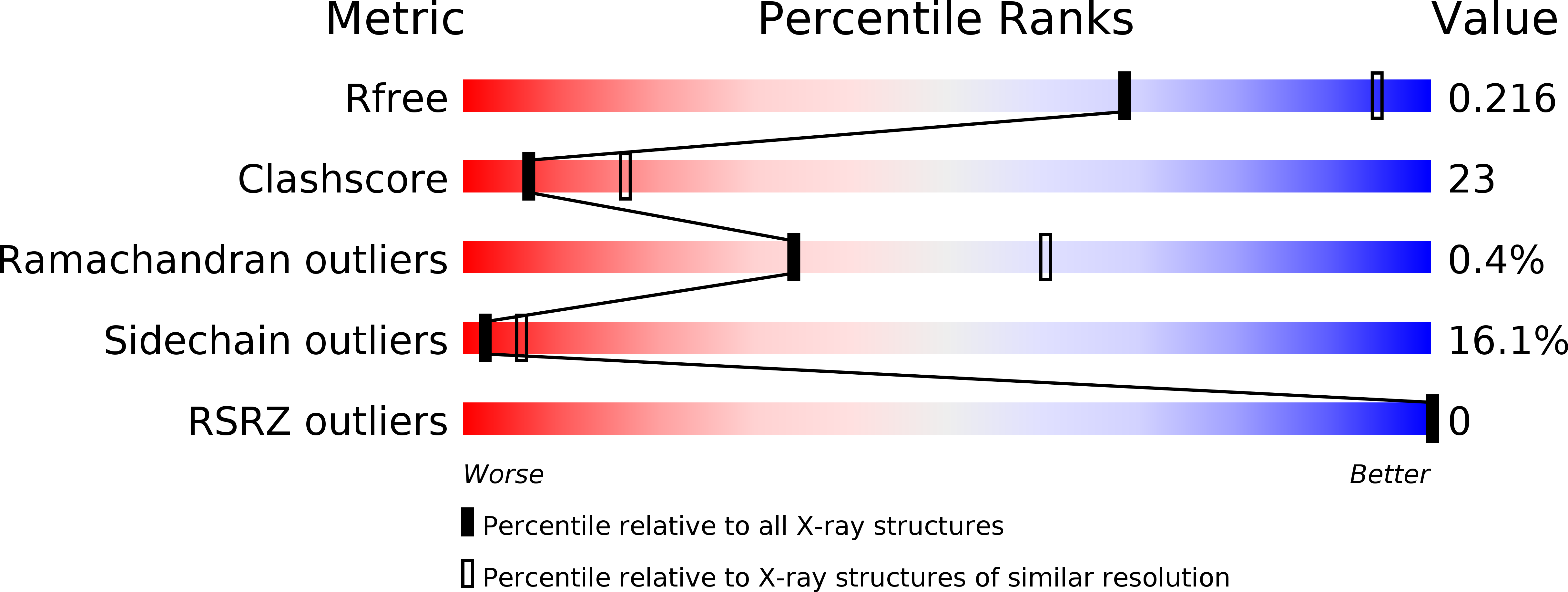
Deposition Date
2007-04-24
Release Date
2007-07-03
Last Version Date
2024-10-30
Entry Detail
PDB ID:
2PNN
Keywords:
Title:
Crystal Structure of the Ankyrin Repeat Domain of Trpv1
Biological Source:
Source Organism:
Rattus norvegicus (Taxon ID: 10116)
Host Organism:
Method Details:
Experimental Method:
Resolution:
2.70 Å
R-Value Free:
0.24
R-Value Work:
0.19
R-Value Observed:
0.20
Space Group:
H 3


